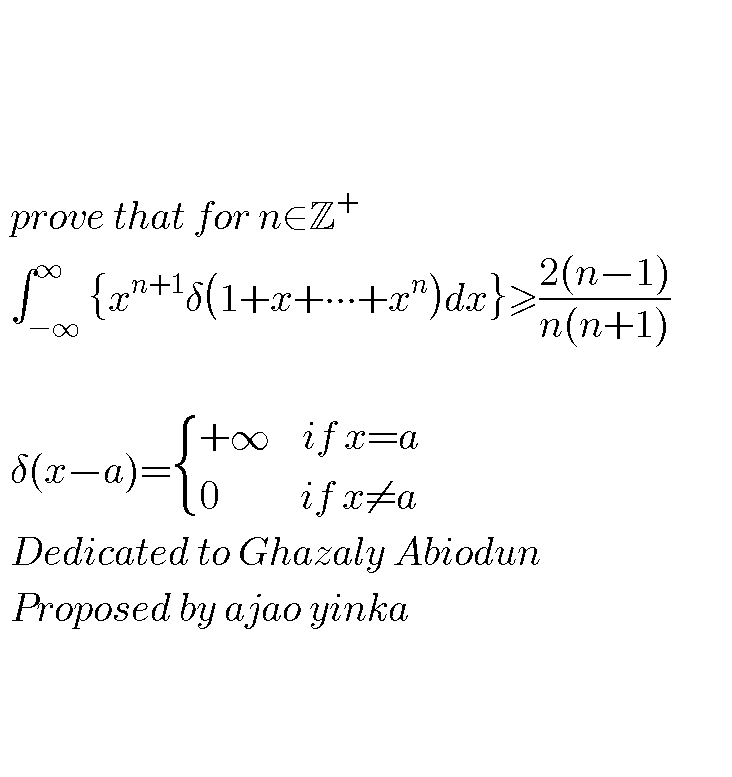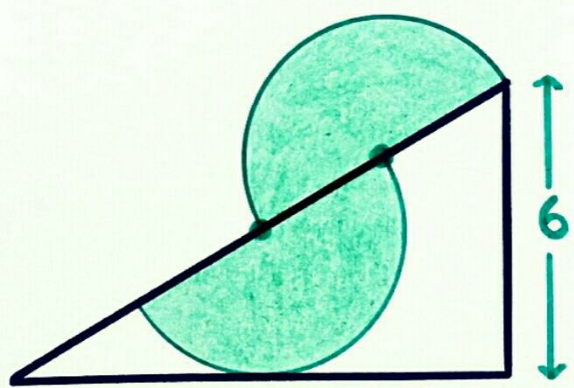
AllQuestion and Answers: Page 1227
Question Number 93239 Answers: 2 Comments: 3
Question Number 93227 Answers: 0 Comments: 4

Question Number 93225 Answers: 0 Comments: 2

Question Number 93220 Answers: 0 Comments: 5
Question Number 93209 Answers: 1 Comments: 6

Question Number 93208 Answers: 0 Comments: 8

Question Number 93204 Answers: 1 Comments: 1

Question Number 93203 Answers: 0 Comments: 1
Question Number 93200 Answers: 1 Comments: 3

Question Number 93193 Answers: 1 Comments: 1
Question Number 93184 Answers: 0 Comments: 0
Question Number 93177 Answers: 0 Comments: 3
Question Number 93175 Answers: 3 Comments: 1
Question Number 93173 Answers: 1 Comments: 0
Question Number 93170 Answers: 0 Comments: 2
Question Number 93166 Answers: 1 Comments: 0

Question Number 93146 Answers: 0 Comments: 2
Question Number 93144 Answers: 1 Comments: 0
Question Number 93138 Answers: 2 Comments: 0
Question Number 93129 Answers: 1 Comments: 2
$${derive}\:{x}^{\mathrm{2}} −\left(\alpha+\beta\right){x}+\alpha\beta \\ $$
Question Number 93125 Answers: 0 Comments: 3

Question Number 93118 Answers: 1 Comments: 0
$${sin}\left({x}\right)={a} \\ $$$$−\mathrm{1}\leqslant{a}\leqslant\mathrm{1} \\ $$
Question Number 93109 Answers: 0 Comments: 2
Question Number 93098 Answers: 0 Comments: 5
Question Number 93091 Answers: 0 Comments: 1
Question Number 93071 Answers: 1 Comments: 0

Pg 1222 Pg 1223 Pg 1224 Pg 1225 Pg 1226 Pg 1227 Pg 1228 Pg 1229 Pg 1230 Pg 1231
